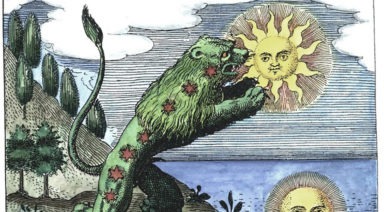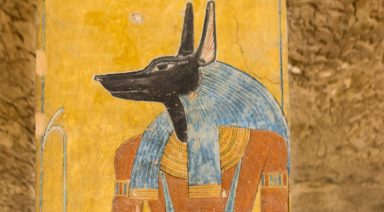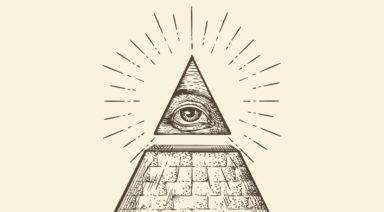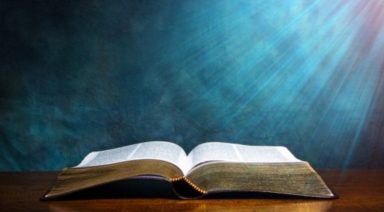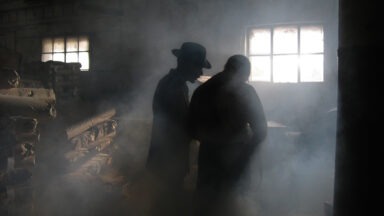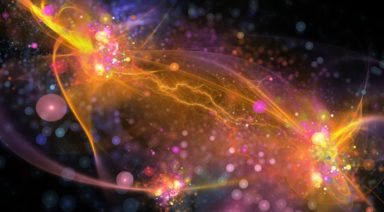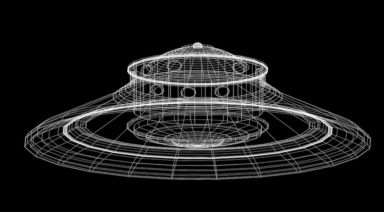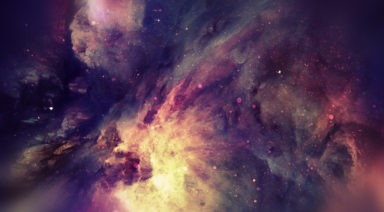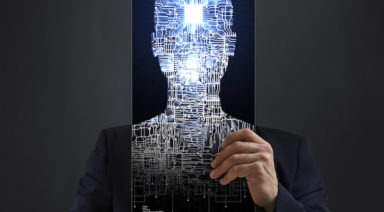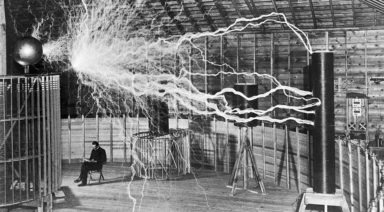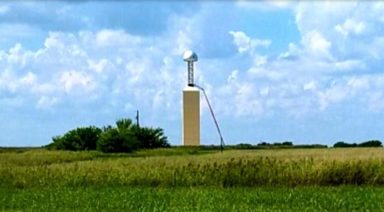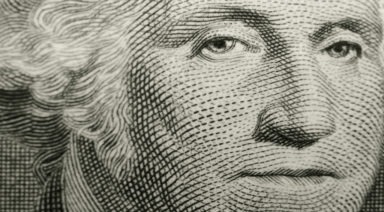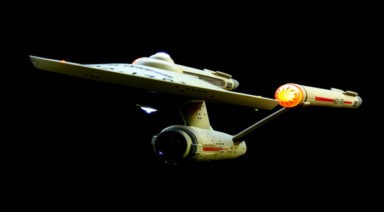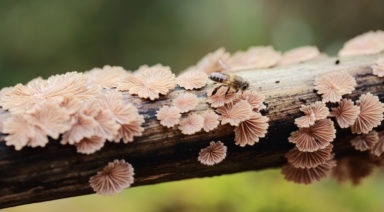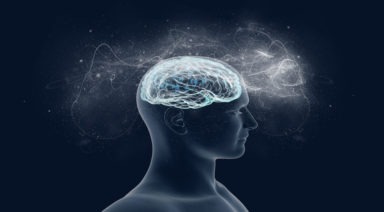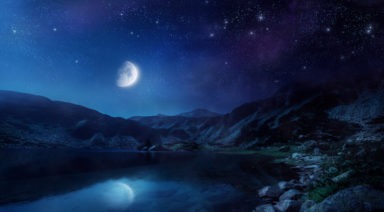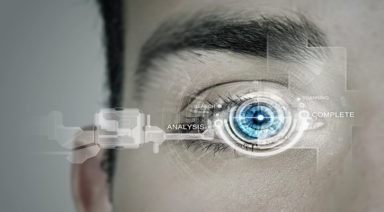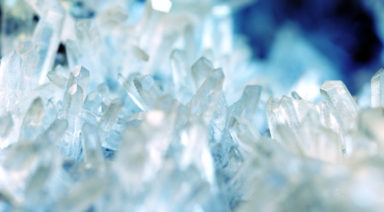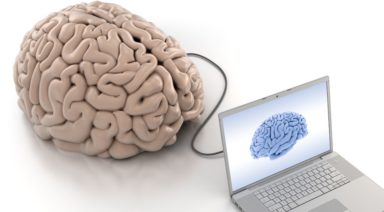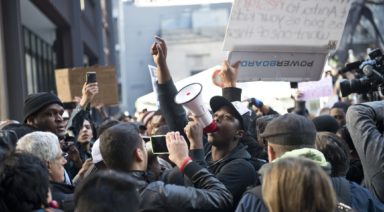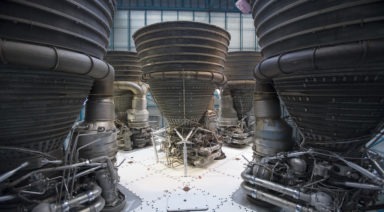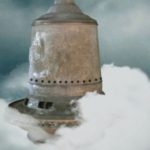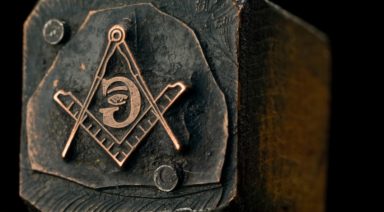Famous Members of the Ancient Freemason Society
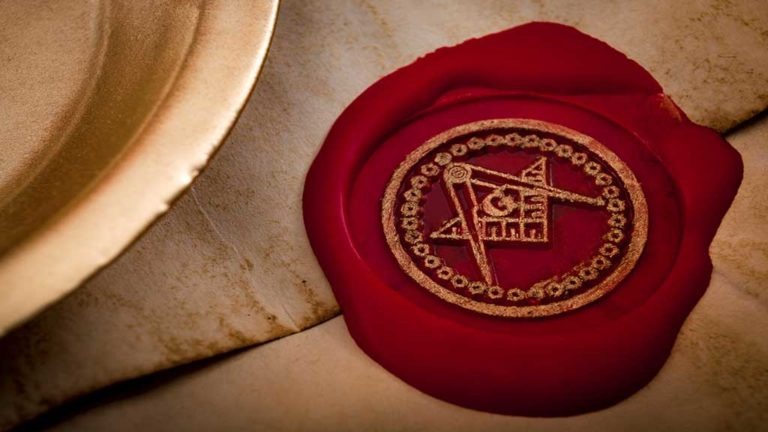
Often associated with cultish rituals, secret handshakes, and grand ceremonial robes, Freemasonry is one of the largest, oldest, and perhaps least understood organizations in the world. Though the society was formally established three hundred years ago in 1717, it is rooted in the builders’ guilds of the early Middle Ages. Indeed, the oldest known Masonic document, the Regius Manuscript, dates to 1390 and describes, in 794 verses, the duties and obligations of the stone cutters and masons.
At its inception, Freemasonry stood as an elite but secret organization to which the builders of Europe’s grand and elaborate cathedrals and castles belonged. Those who joined were not bondsmen, but were free craftsmen — master architects, engineers, and mathematicians — and it was only within the confines of the lodges they built, in their covert meetings, that they shared trade secrets with other guild members and apprentices sworn to secrecy.
As cathedral building stalled and the scope of masonic projects changed, these guilds found it necessary to accept a wider variety of members, branching off to form different sects that they called “lodges.” Eventually, they all coalesced into one formal organization, known as the “Grand Lodge.”
The Knights Templar
The Knights Templar was an order of warrior-like Catholic monks in 1118 A.D. who guarded crusading pilgrims, as they made their way from Jaffa to Jerusalem. They are said to have harvested a great treasure from Solomon’s temple that King Philip IV of France desired, and so the king had them arrested, burning their leader, Jacques DeMolay at the stake. What happened to the Knights Templar after their arrest has become lost to history. Though Encyclopedia Britannica asserts that the Freemasons do not have any historical connection with the Knights Templar, there is still quite a bit of suspicion that the Knights Templar re-emerged in the 1700s, and even helped start the French Revolution, to exact revenge.
Masonic Sacred Geometry
One of the defining aspects of Masonic architecture and art is its representation of sacred geometry — shapes and various geometric patterns that are found repeated throughout the natural world. The Freemasons believed that sacred geometry imbued their architecture or creation with a sense of the divine. For example, the Fibonacci Sequence, one of the most famous patterns in mathematics, is represented by the spiral shape, symbolizing a gateway or life cycles. One will often find winding staircases in castles and cathedrals, symbolizing life’s journey and the awakening of the soul.
Black Freemasonry
Interestingly enough, the branch called black freemasonry dates back to 1775, less than 60 years after Freemasonry was established as a society. It was founded in Boston, Massachusetts, by Prince Hall, a free man, and an abolitionist, who was initiated into Masonry by the British Military Lodge in Boston and went on to establish the Prince Hall Order.
Free men flocked to the Prince Hall Order, and the Grand Lodge of England soon granted its members permission to spread into Philadelphia and Rhode Island, where it continued to spread across the entire country and become the largest black fraternity in the world.
The Prince Hall Order served as a massive network of information and resources, providing black intellectuals meeting places where they could exchange ideas and form partnerships, and where they had access to books and alternative interpretations of the bible that did not glorify slavery.
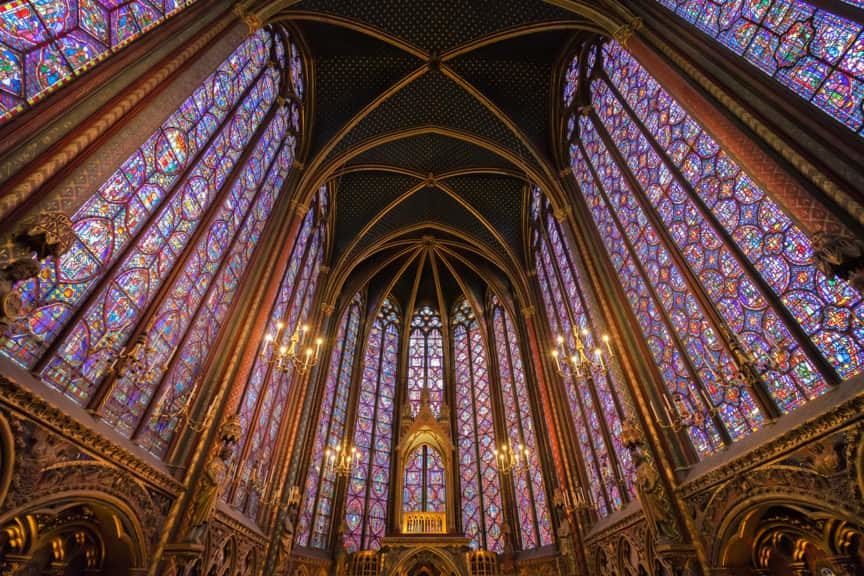
Cathedral Sainte-Chapelle, consecrated 1248. A French Gothic masterpiece
Modern Freemasonry
When freemasonry evolved into its own society, opening itself up to members of all walks of life, it became less secretive and more akin to an elite club. While banned by both the Church and political powers, in the end, many devout Catholics and powerful political figures joined its lodges as well.
While various sects have earned different reputations, tradition and membership demand that three ancient principals be honored:
- Brotherly Love — demonstrating tolerance, kindness, and respect toward others
- Relief — Giving of oneself to charitable causes
- Truth — Abiding by high moral standards
And while Freemasonry may have once been regarded as ‘secret,’ it can hardly be considered as such today, with its enigmatic symbols and its building locations clearly identified by a search on Google Maps and along main streets in cities across the world. But what may still be surprising are how many popular figures have sworn themselves to the brotherhood.
Famous Freemasons
Edwin Eugene “Buzz” Aldrin — Mechanical engineer, ex-USAF fighter pilot, and pilot of the Apollo 11’s Lunar Module. By the time he became the second man to walk on the moon, Aldrin was already a member of Clear Lake Lodge No. 1417.
Jean François Marie Arouet de Voltaire — Satirical writer and philosopher of the French Enlightenment. Voltaire lived by his morals and fought against intolerance. He was initiated into the Masonic brotherhood in 1778 by none other than Benjamin Franklin, a high-ranking Mason himself.
Frederic-Auguste Bartholdi — Sculptor of The Statue of Liberty, as well as numerous other structures. The Statue of Liberty was said to be a beacon to Masonic ideals, standing tall for brotherhood, relief, and truth, and it was installed as part of a Masonic ceremony. Bartholdi was initiated as a member of the Lodge Alsace-Lorraine in Paris.
William James “Count” Basie — African-American orchestra leader and composer. Basie was a member of the Prince Hall Order in Chicago, as well as a noted “Shriner,” a Masonic organization focused on charity and camaraderie.
Mel Blanc — Known as “The Man of a Thousand Voices,” the iconic voice of such cartoon characters as Bugs Bunny, Barney Rubble, and Porky Pig. Blanc joined the Order of DeMolay in his youth and was a freemason for 58 years, as well as a Shriner.
Giacomo Casanova — The Venetian who earned a reputation for womanizing that has lasted for centuries. Casanova rubbed elbows with members of European royalty, as well as leaders of the Catholic Church and the great minds of his time. He was initiated into the Lodge of the Duke of Clermont in Paris.
Meriwether Lewis and William Clark — Explorers of the Lewis & Clark Expedition who endured the elements across the United States, searching for the Northwest Passage. Both were Masons — Lewis belonged to Door of Virtue Lodge, and Clark to Saint Louis Lodge No.111.
James Hoban — Architect who designed The White House and oversaw its construction. When President Truman took office, he found a number of the building’s stones contained masonic engravings and had them preserved during renovations. Hoban belonged to Federal Lodge No.15.
The popularity of Freemasonry can be credited, in large part, with molding both ancient and modern society. From their buildings wrought with symbolism to their ideals, the ancient masonic thread within our society is undeniable. As much as modern Freemasons have done to wrest their organizations from negative stereotypes, perhaps Freemasonry will always be shrouded in mystery and associated with sealed lips and cloak-and-dagger tales.
Exploring Alchemical Symbols
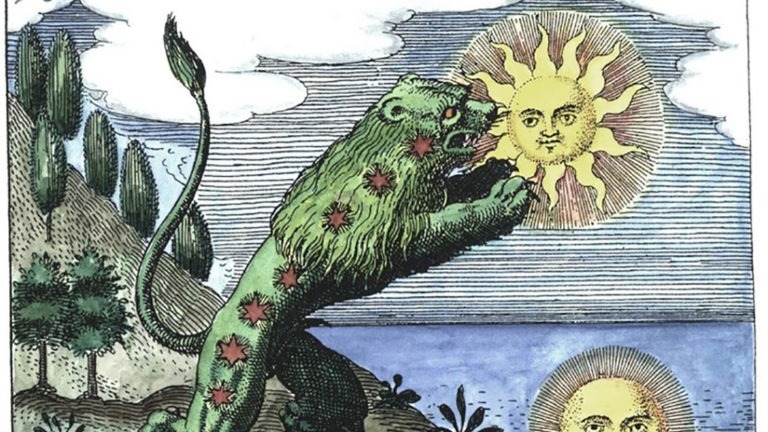
Symbols and allegories were common parlance during the “golden age” of alchemy — the 17th and 18th centuries. An example is the 17th Century British folk song, “John Barleycorn,” which tells the harrowing story of poor John Barleycorn, subjected to torture, abuse, death, and ultimately, triumph.
“They ploughed, they sowed, they harrowed him in
Throwed clods upon his head,
Til these three men were satisfied
John Barleycorn was dead.”
Other verses describe John Barleycorn being cut off at the knees, tied around the waist, stabbed in the heart with forks, having his skin split from the bone and ground between two stones, and being drowned. The final verses are:
“There’s beer all in the barrel and brandy in the glass
But little Sir John, with his nut-brown bowl, proved the strongest man at last.
And the huntsman he can’t hunt the fox nor loudly blow his horn
And the tinker he can’t mend his pots without a little barleycorn.”
In John Barleycorn’s final incarnation, as distilled whiskey, he can lay low (intoxicate) any man who challenges him; others depend on him to ease their existence. The abuses our hero endures correspond to the stages of planting, growing, harvesting, and milling barley and distilling whiskey.


